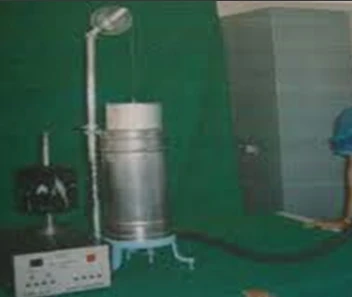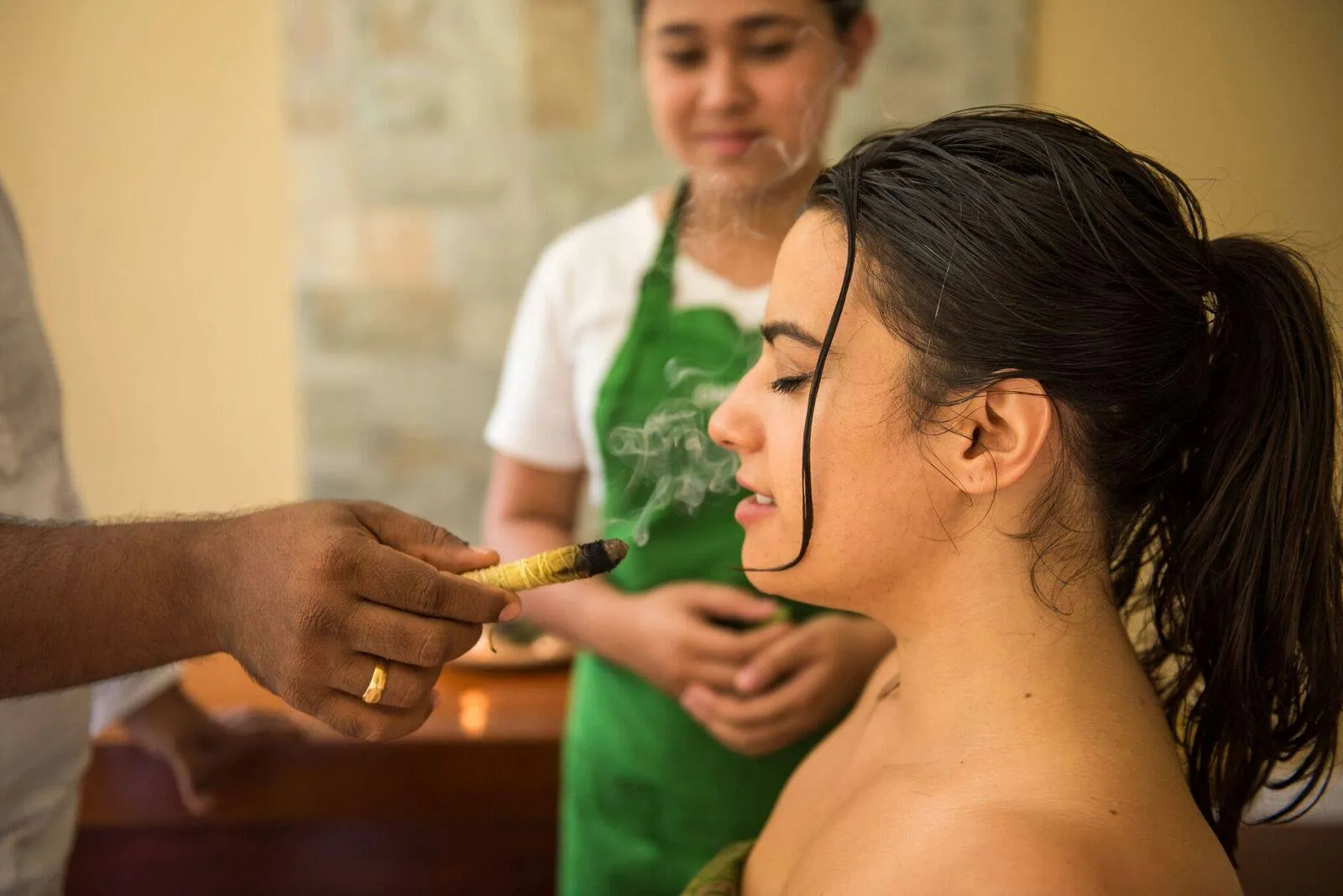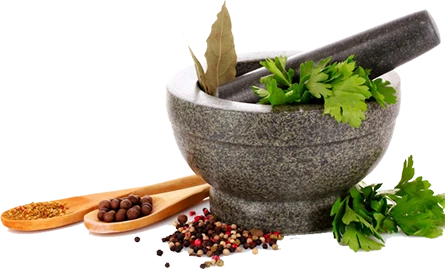
Dhum means smoke and paan means inhalation. In Shalakyatantra (ENT), Dhumpaan has got its own significance.
Sushrutacharya explains appropriate administration of dhumpaan leads to-

Healthy sensory organs, cheerful voice and mind, strengthens hairs, teeth and moustache, cleanses oral cavity and eliminates foul smell.
Aacharya vagbhat says, intelligent person should opt for dhumpaan daily in order to prevent kaphavatajanya supraclavicular diseases and to eliminate the same if occurred.
There are 3 types of dhumpaan –The drugs used for Prayogik dhumpaan has moderate fragrance so that it eliminates vatakaphaj supraclavicular diseases. The drugs advised for this dhumpaan are as follows-
Shallaki(Boswellia serrata Roxb.), Pruthvika(Ammomum subulatum), Kamal (Nelumbo nucifera Gaertn), Utpal (Nymphaea nouchali), Nyagrodh (Ficus benalensis), Udumbar (Ficus racemosa), Plaksha(Ficus triela), bark of Lodhra (Symplocos racemosa), Sugar, Yashtimadhu (Glycyrrhiza glabra), Aaragvadh (Cassia fistula), Manjishtha (Rubia cordifolia), Padmak (Prunus cerasoides)
Healthy person is advised to consume Prayogik dhumpaan.
Method of administration of dhumpaan –Sit upright and calm with mouth wide open concentrating on the tip of dhumnetra (nozzle of dhumpaan instrument / hookah) one after another from each nostril one should inhale dhum (smoke) thrice and exhale out from mouth.
Here, care should be taken that dhum inhaled from nose can be exhaled from mouth. but, Dhum inhaled from mouth cannot be exhaled from nose as it may lead to permanent damage to eyesight.

It eliminates number of diseases such as -
